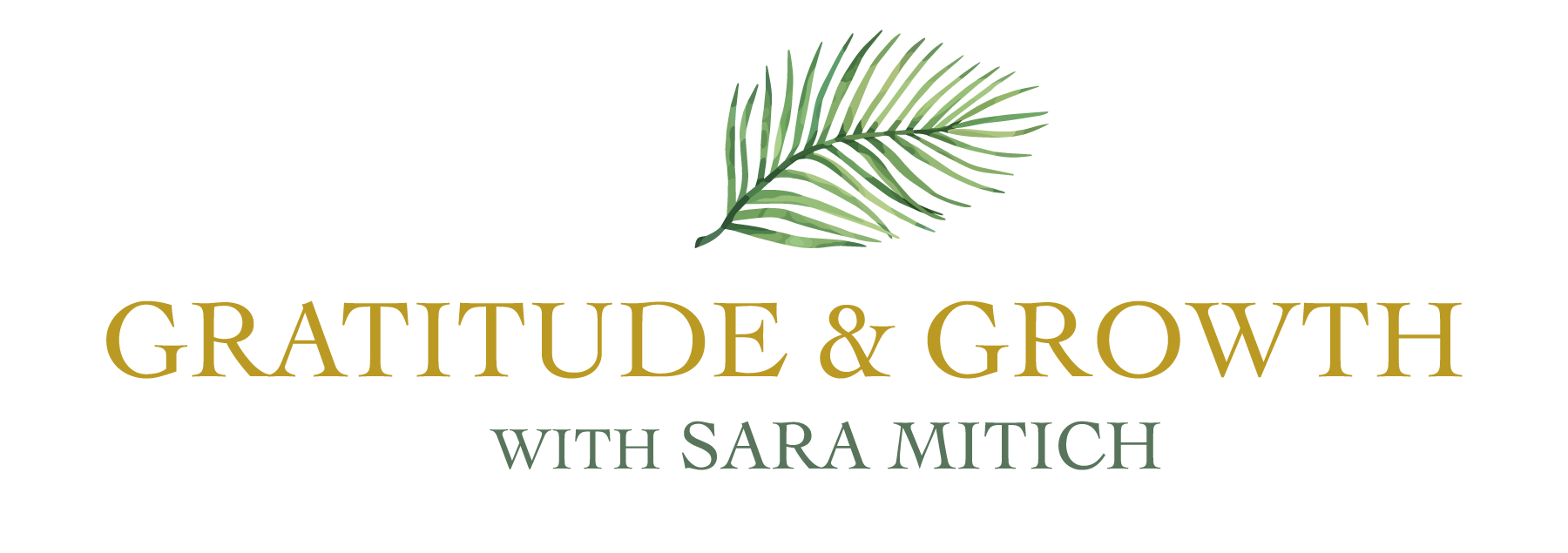Mindset work? I dove in headfirst—rewiring my thoughts, practicing affirmations, journaling my way to clarity. But I still felt stuck. So, I left mindset work behind and went all in on somatic healing. I figured the body must hold the answers. Then, when that didn’t feel like enough, I threw myself into spiritual teachings. Ancient texts, energy work, deep meditations—I was sure that enlightenment must be the missing piece. But when that still left gaps, I shifted again, this time into manifestation. If I could just master my frequency, surely everything would click into place.
But it didn’t.
Because here’s what I didn’t realize back then: personal growth isn’t about fixing yourself. It’s not about jumping from one modality to the next, searching for the one that will finally “work.”
It’s about integration.
And that’s where so many of us get stuck.
Why Traditional Self-Growth Often Fails
Most people struggling with personal development aren’t doing it wrong—they’re just missing key pieces of the puzzle. Here’s why growth often feels slow, frustrating, or like it’s just not sticking.
1. Mindset Work Alone Isn’t Enough
We’ve all heard it: “Change your thoughts, change your life.” And while mindset shifts are powerful, they can only take you so far. Your nervous system, emotions, and body also need to be part of the process. If your mind believes something but your body doesn’t feel safe embodying it, you’ll stay stuck in old patterns.
2. The “Fixing” Mentality Keeps You in a Loop
Self-growth isn’t about fixing yourself—it’s about expanding into who you truly are. When we approach growth from a place of “I need to be better,” we’re reinforcing the idea that something is wrong with us. But real transformation happens when you shift from self-improvement to self-acceptance.
3. There’s No Structure or Consistency
Most people approach personal growth in a scattered way—reading books, taking a few workshops, maybe trying meditation for a week. But lasting change requires consistent practice, integration, and support. Without a structure that helps you stay on track, it’s easy to fall back into old habits.
Where Growth Can Feel Slower Than Expected
Even when you’re deeply committed to your personal evolution, certain patterns can make the journey feel more frustrating than freeing. Here are a few tendencies that subtly stall progress:
Overconsumption Without Integration
It’s easy to get caught in the cycle of learning more—more books, more courses, more teachings—without actually applying what you already know. Information is powerful, but transformation only happens through practice.
Waiting for the “Right” Feeling
We often believe we need to feel fully ready or motivated before taking action. But waiting for the perfect emotional state keeps us stuck. Growth happens when we move forward even in discomfort, trusting that the feeling of alignment follows action, not the other way around.
All-or-Nothing Thinking
The idea that you must be fully healed or have everything figured out before you see results can keep you from making progress at all. Small, imperfect steps create real change—because integration isn’t about doing everything at once, it’s about doing what you can consistently.


